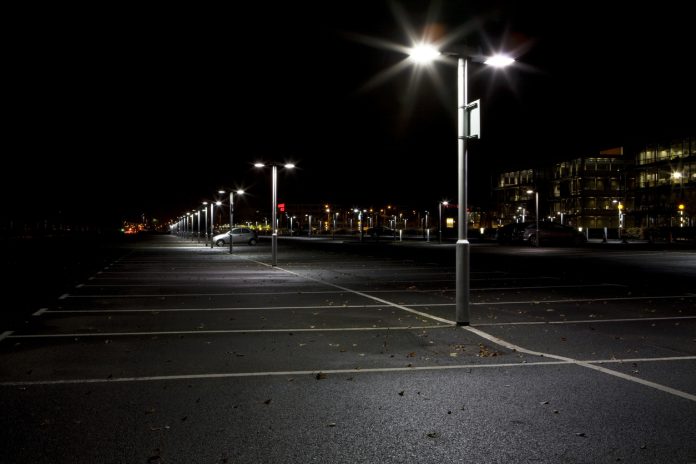A study conducted at Rush University System for Health has identified a link between nighttime outdoor light and Alzheimer’s disease
The research suggests that exposure to high levels of light pollution at night could significantly increase the risk of Alzheimer’s, especially in younger adults under the age of 65.
Nighttime outdoor light exposure
This study is the first to associate light pollution with Alzheimer’s disease in the United States. The lead investigator Dr. Robin Voigt-Zuwala
The study examined data across 48 states, correlating levels of nighttime light pollution with Alzheimer’s disease prevalence. Higher intensity of nighttime light was found to be strongly associated with Alzheimer’s risk than other selected factors for individuals under 65 years old.
“Certain genes can influence early-onset Alzheimer’s, and these same genes may cause increased vulnerability to the effects of nighttime light exposure,” Voigt-Zuwala explained.
The findings show a potential environmental risk factor for Alzheimer’s disease. Despite legislative efforts in some states to reduce light pollution, many regions still experience high levels of nighttime light.
The study suggests that excessive light exposure disrupts circadian rhythms, which can lead to inflammation and increased vulnerability to diseases like Alzheimer’s.
Dr. Voigt-Zuwala explained that certain genetic factors, which are known to influence early-onset Alzheimer’s, may also heighten sensitivity to the effects of nighttime light exposure.
Younger individuals are usually more likely to live in urban areas with higher light intensity and modern lifestyles that increase exposure to light at night, were found to be particularly vulnerable.
Ways to reduce risk
The study has released some practical steps that can mitigate the risk. These include using blackout curtains or sleep with an eye mask to reduce exposures to nighttime light. These measures could help protect circadian rhythms and potentially lower the risk of Alzheimer’s disease.
The study proposes practical steps to mitigate risk, such as using blackout curtains or sleeping with an eye mask to reduce exposure to nighttime light. Such measures could help protect circadian rhythms and potentially lower the risk of Alzheimer’s disease.
Voigt-Zuwala said, “The good news is that simple changes can be made with minimal effort to reduce exposure to light at night — adding black out curtains or sleeping with an eye mask.”
While the study provides interesting evidence it is limited to just the U.S. population and doesn’t explore the impact of indoor nighttime light exposure.
More research is necessary to fully understand the connection between outdoor light pollution and Alzheimer’s disease across different demographics.








